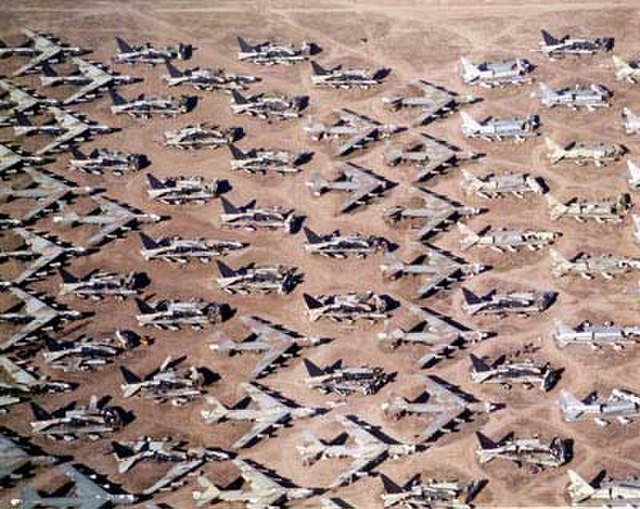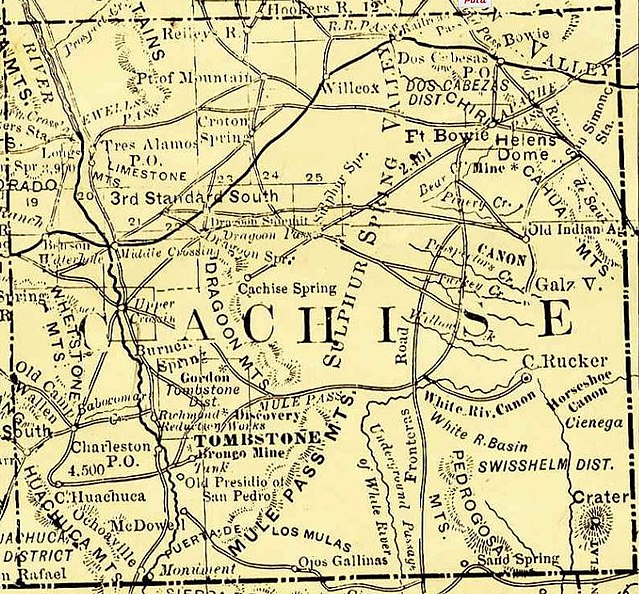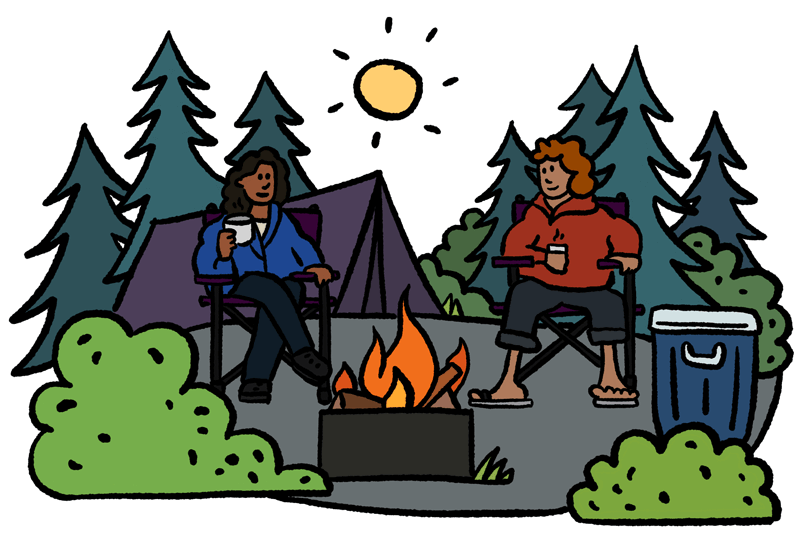Coronado National Forest Camping
notifications Text me when there's a cancellation at Coronado National Forest









Coronado National Forest
Coronado National Forest
Coronado National Forest
Coronado National Forest
Coronado National Forest
Coronado National Forest
Coronado National Forest
Coronado National Forest
Coronado National Forest
Coronado National Forest
Coronado National Forest
Coronado National Forest
Coronado National Forest
Coronado National Forest
Coronado National Forest
Coronado National Forest
Coronado National Forest
Coronado National Forest
Coronado National Forest
Coronado National Forest
Coronado National Forest
Coronado National Forest
Coronado National Forest
Coronado National Forest
Coronado National Forest
Coronado National Forest
Coronado National Forest
Tucson (; O'odham: Cuk Ṣon; Spanish: Tucsón) is the county seat of and the most populated city in Pima County, Arizona, United States. It is the second-most populous city in Arizona with a population of 542,630 at the 2020 census, behind the capital city Phoenix, while the Tucson metropolitan statistical area has an estimated 1.08 million residents and is the 52nd-largest metropolitan area in the U.S. Tucson and Phoenix anchor the Arizona Sun Corridor. The city is 108 miles (174 km) southeast of Phoenix and 60 mi (100 km) north of the United States–Mexico border. It is home to the University of Arizona.
Major incorporated suburbs of Tucson include Oro Valley and Marana northwest of the city, Sahuarita south of the city, and South Tucson in an enclave south of downtown. Communities in the vicinity of Tucson (some within or overlapping the city limits) include Casas Adobes, Catalina Foothills, Flowing Wells, Midvale Park, Tanque Verde, Tortolita, and Vail. Towns outside the Tucson metropolitan area include Three Points, Benson to the southeast, Catalina and Oracle to the north, and Green Valley to the south.
Tucson was founded as a military fort by the Spanish when Hugo O'Conor authorized the construction of Presidio San Agustín del Tucsón in 1775. It was included in the state of Sonora after Mexico gained independence from the Spanish Empire in 1821. The United States acquired a 29,670 square miles (76,840 km2) region of present-day southern Arizona and southwestern New Mexico from Mexico under the Gadsden Purchase in 1853. Tucson served as the capital of the Arizona Territory from 1867 to 1877. Tucson was Arizona's largest city by population during the territorial period and early statehood, until it was surpassed by Phoenix by 1920. Nevertheless, its population growth remained strong during the late 20th century. Tucson was the first American city to be designated a "City of Gastronomy" by UNESCO in 2015.
The Spanish name of the city, Tucsón (Spanish pronunciation: [tuɣˈson]), is derived from the O'odham Cuk Ṣon (O'odham pronunciation: [tʃʊk ʂɔːn]). Cuk is a stative verb meaning "(be) black, (be) dark". Ṣon is (in this usage) a noun referring to the base or foundation of something. The name is commonly translated into English as "the base [of the hill] is black", a reference to a basalt-covered hill now known as Sentinel Peak. Tucson is sometimes referred to as the Old Pueblo and Optics Valley, the latter referring to its optical science and telescopes known worldwide.
We can help! Many campsite reservations are cancelled daily. Just tell us when you’d like to camp at Coronado National Forest, and how long you want to camp for. We’ll text you when a suitable spot opens up!
Scan for cancellationsWhoops! Sometimes we make mistakes. Want to help improve the Coronado National Forest listing? Please suggest a correction.
Open to camping at other nearby parks? Here are a few other parks you'll find in the vicinity.

How was your visit to Coronado National Forest? Share your review of Coronado National Forest and help fellow nature-lovers make an informed decision.
Post a reviewTell us when, where, and how long you want to camp for. We’ll notify you (via SMS) when a suitable spot opens up at that campground—so you can nab that sold-out campsite reservation!